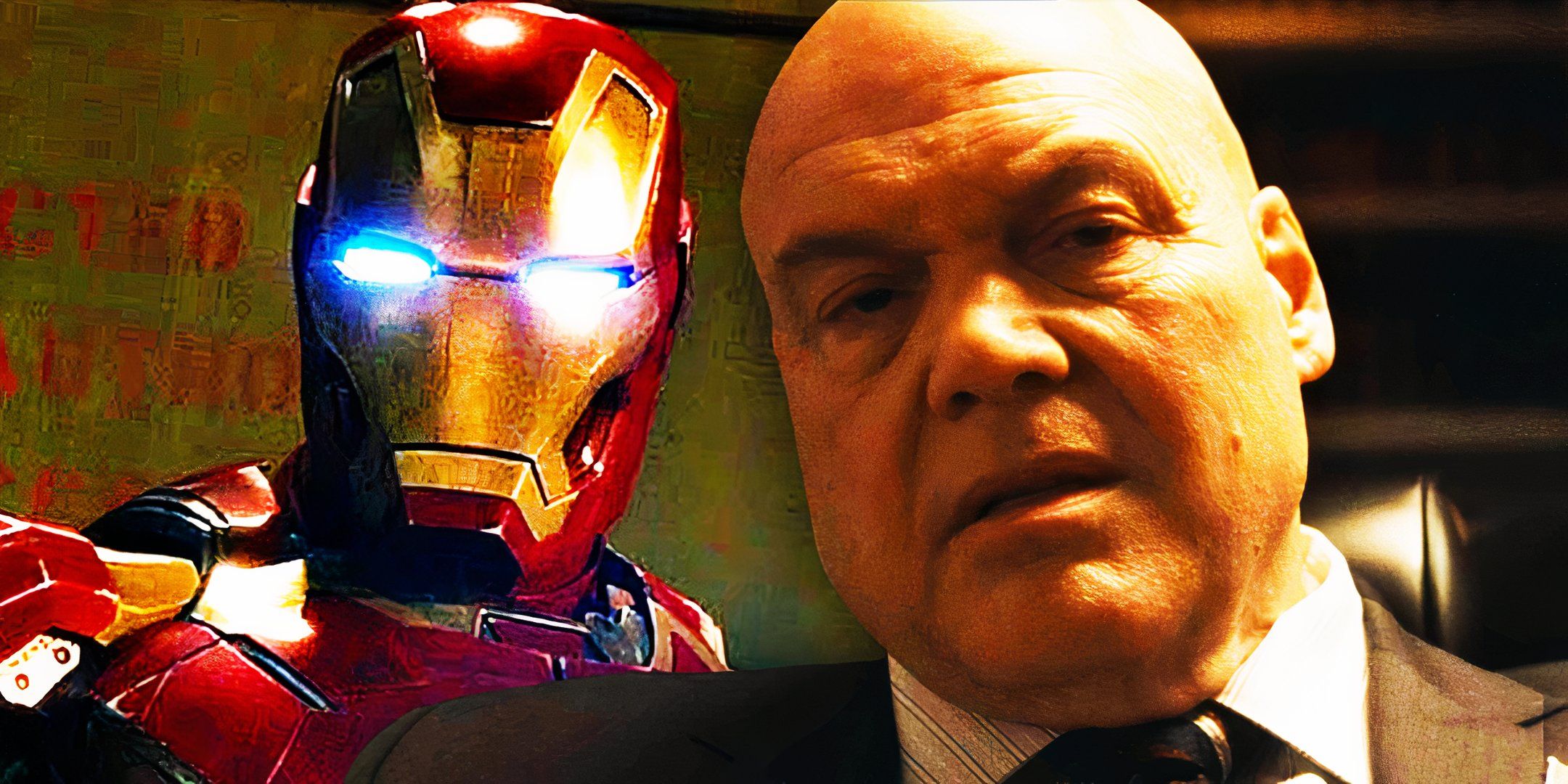Fallout's Magic: The Gathering Crossover Is A Landmark Video Game Moment For The TCG
Summary Universes Beyond introduces video game IPs to MTG Universes Beyond's larger set design for the first time.
Fallout offers interesting new design space, capturing the video game's gameplay experience within the cards.
Card designs reflect Fallout lore with characters like Dogmeat & Liberty Prime that fans can immediately recognize.
Magic: The Gathering's Fallout crossover is a huge moment for the Wizards of the Coast TCG. Universes Beyond previously introduced IPs like The Lord of the Rings, but this is the first time video games have properly arrived in the larger UB design space. The timing, of course, couldn't be better - with the Fallout brand as relevant as its been in a long time with its successful Amazon Prime television adaptation, there's an appetite for more of its quirky, post-apocalyptic humor and survivor narratives.
Magic: The Gathering's Universes Beyond, for those unfamiliar, is a broad umbrella term that applies to its partnerships with other IPs - while the Lord of the Rings set is perhaps the most memorable and visible of previous efforts, projects have also included Warhammer 40K and Doctor Who as successful implementations within Commander. Video games have previously appeared in smaller scale moments, like Secret Lair Fortnite drops, but Fallout is the first larger scale UB project for the genre. It's also pivotal to future success - with Assassin's Creed and Final Fantasy on the way, nailing the right tone here goes a long way.
Related What Order Should You Play The Fallout Games In? The Fallout series can be intimidating, but there's one path to take that makes it easy to get invested in the post-nuclear world of the wasteland.
Screen Rant recently had the opportunity to interview Annie Sardelis, Senior Game Designer at Wizards of the Coast (and Lead Designer on this set), to discuss how the Fallout Universes Beyond set came to be. We chatted about what it means for Magic: The Gathering to crossover with video game IPs as big and beloved as Fallout, which characters had to be included, and more.
Fallout x Magic: The Gathering Offers Unique Design Space
How Adapting Video Games Differs From Other Properties
Close
Screen Rant: What sort of unique design opportunities are presented by doing Universes Beyond with video game properties?
Annie Sardelis: Adapting video game properties like Fallout to Magic’s gameplay is a bit different than adapting a story-based property like The Lord of the Rings, for example. The Lord of the Rings is a linear narrative where everyone reads the story and interacts with all of the same characters in a particular order. Video games, and especially open-world RPGS like Fallout, are something you experience that’s personal to you as a player. Adapting something for a game-based property is more about capturing the universal experience of playing the game than it is necessarily capturing specific narrative moments, and each player will experience the same game in different ways. Those are just a couple of the considerations, but Mark Rosewater has an excellent article on DailyMTG that goes really in depth about the design process for our Universes Beyond video game properties, specifically: https://magic.wizards.com/en/news/making-magic/game-on.
There are a lot of video game franchises that are a bit more adjacent to the usual fantasy-style of Magic: The Gathering - what made Fallout such an attractive choice for an early start on these crossovers?
Annie Sardelis: Fallout was an easy choice from the beginning for us. Not only were we already big fans of Fallout but we knew a lot of the Bethesda team who have been working on that IP for years were big Magic fans and play regularly together. As we dug into what a Magic x Fallout product could be we were able to map it fairly easily to what it takes to make a really good play experience for Magic. It’s also a vast RPG with tons of character and enemy types and offered up the opportunity to explore futuristic content that we thought would be fun to do.
Magic: The Gathering's Fallout Characters Are True To Their Inspirations
Which Characters Needed To Be Included?
Close
Fallout has a lot of complex lore that its fans are heavily invested in. How do you approach something that complicated when also trying to design fun cards to play with?
Annie Sardelis: In my opinion, deep worldbuilding is a huge positive when looking to make cards, just like it is for sets taking place on Magic’s own worlds. Let me break down examples of what I’d call complex lore and how we approached those. The first angle is the setting having a storied history before what you’re seeing presently. We see this in Magic on planes like Ixalan and Dominaria. In Fallout, we have the history of what happened in the Vaults which the player explores years after, to discover whatever experiments went on inside them. This allows us to make cards that showcase things that happened “off-camera” in a sense, which we can show on different kinds of cards (for example, artifacts, enchantments, or land) rather than something like a creature card. Another example of complex lore are characters being multi-faceted. When designing a card to a character, it’s helpful for there to be a few things you can design to about their personality or actions they take. Some of these angles will translate better to card mechanics than others, so the more a character has going on that people will recognize, the better. We love complex lore!
What Fallout characters were the team most excited to explore? Were there any "must-includes" as potential Commanders you knew you'd have to have?
Annie Sardelis: Top of mind were companions to the player character (NPCs that will travel with you), iconic villains, creatures that are uniquely Fallout (such as robots and mutants), and characters from multiple games. If a character hit in more than one of these categories, we knew we had to include them. A few that come to mind are Dogmeat, Liberty Prime, and The Master. We spent extra effort pitching designs and iterating on these cards, so that we’d ideally land on a deckbuilding hook that both fit their characters and were aspirational for players to try out.
Universes Beyond has already touched on some really big IPs with The Lord of the Rings. What are some of the differences from that collaboration that Fallout let the team work with?
Annie Sardelis: Since we launched The Lord of the Rings: Tales of Middle-earth, we’ve found a good workflow and process for creating Universes Beyond adaptations and getting the necessary seal of approval from the IP partner. While the process of designing and creating a Universes Beyond product is similar in some respects, each property has its own unique flavor that is enticing to fans of that franchise. Our goal is to always create a fun Magic gameplay experience while also respectfully paying homage to the partner we’re working with.
Related Magic: The Gathering: Outlaws of Thunder Junction Set Review: "Aiming High & Shooting Middle" MTG's Outlaws of Thunder Junction set release is a slam dunk in terms of game mechanics but fumbles the bag on world building a little.
The Future of Video Games In MTG Universes Beyond
How Long Do Sets Take to Make And Who Are The Experts?
Close
How much work goes into each Universes Beyond project - from conception to launch, how long is the team cooking these up?
Annie Sardelis: Universes Beyond projects typically take twice as long as a standard Magic IP release.
Does the team ever recruit "lore experts" or similarly invested parties to help with these projects?
Annie Sardelis: I imagine there are some serious Fallout experts who might be able to make sense of some more obscure character's color pie alignments, for instance. This probably goes without saying, but we have a lot of nerds at Wizards, so we didn't do this for Fallout. The partners have been willing to shore up any blind spots we may have with their own assets.
What's the future vision for Universes Beyond now that it's gained some traction and has some tangible, real-world launches that were big successes? Where are we headed from here?











COMMENTS